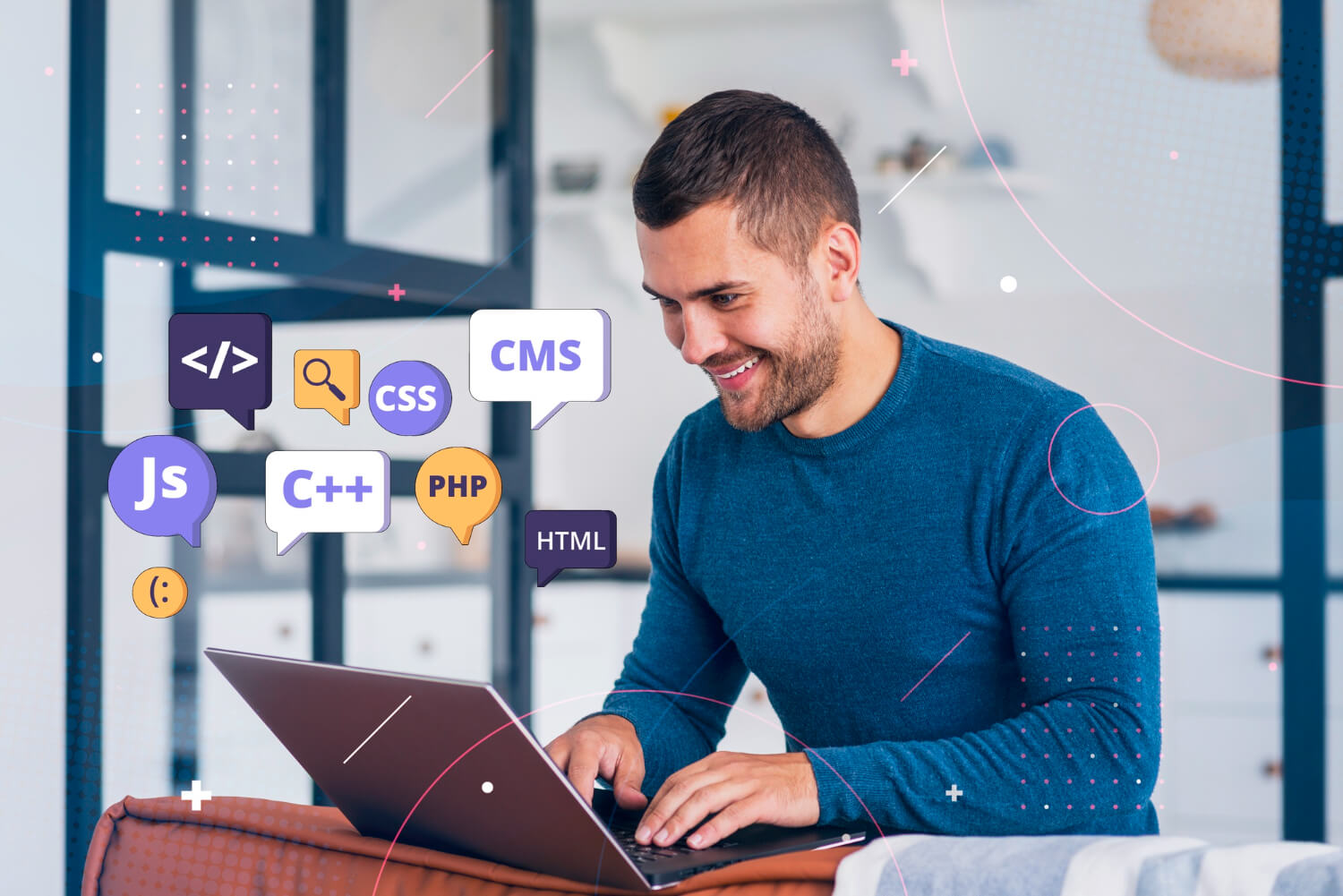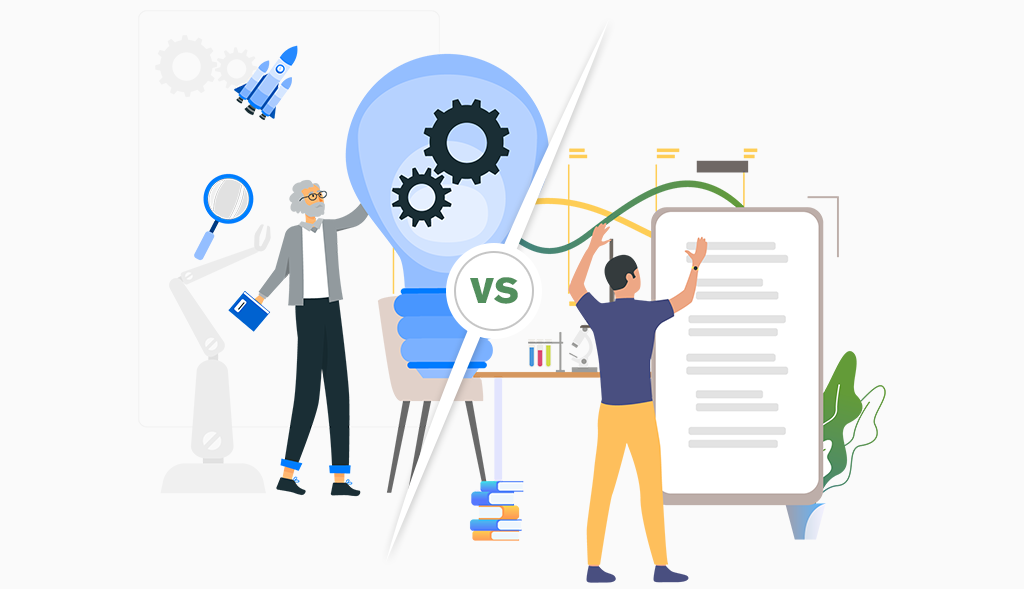From MVP to Market Leader: Scaling Your Startup’s Software
Building a successful startup is more than just launching a product—it’s about transforming that initial spark into a scalable, dominant solution in your market. Sure, an MVP (Minimum Viable Product) helps you test your ideas—but the real challenge lies in evolving it into something that truly stands out.
1. Start Right with an MVP
Think of your MVP as a smart experiment. It should focus on:
- Core value: Solve your users’ biggest problem.
- Simple UX: Make it easy for people to get the job done.
- Learning tools: Collect feedback and usage insights.
An MVP helps you learn whether your market actually wants what you’re building, how users engage with it, what’s technically feasible, and even how much people might pay. Just don’t fall for thinking your MVP is the final product—it’s only the beginning.
2. Move to MMP: Make It Market-Ready
Your next step is creating a Minimum Marketable Product—something polished enough to attract a broader audience:
- Stronger features: Build on what users loved, remove what they didn’t.
- Better design: Sleek UI, smooth navigation, mobile responsiveness.
- Reliable performance: It should be fast and stable, even under heavy use.
- Product quality: Meet professional standards and user expectations.
To get there:
- Talk & test with real users.
- Design smartly, with consistent patterns and snappy interfaces.
- Prioritize features based on impact.
An effective MMP turns early adopters into mainstream users.
3. Build a Scalable Architecture
Once your MMP works, think bigger:
- Break it up with microservices.
- Go cloud-native (AWS, Azure, GCP) so you can grow flexibly.
- Automate tests to catch issues early.
- Use APIs to easily integrate with new systems.
Great developers make this possible—they help avoid technical debt through careful reviews, documentation, and continuous integration practices. Instagram and WhatsApp are classic examples: they built systems early on that supported millions—then billions—of users.
4. Use Lean Startup Principles
Keep iterating with a Build–Measure–Learn cycle:
- Build small, testable changes.
- Measure how users respond.
- Learn and pivot based on real data—no guessing.
This method helps you save time, avoid wasted effort, and keep evolving with your users.
5. Nail Your Market Position
All the tech in the world won’t save you if you don’t stand out:
- Differentiate: Offer unique features, pricing models, or integrations.
- Identify niches: Serve under-addressed markets.
- Build trust: Excellent support, great onboarding, industry reliability.
Convert users into paying customers by showing them the clear value—pricing aligned with ROI, simple upgrade paths, and personalized experiences.
6. Learn from the Leaders
- Dropbox: Started with a simple demo, nailed sync, then added referrals and scalable backend.
- Uber: Perfected one city before expanding—with adaptable payment and regulatory systems.
- Airbnb: Started with air mattresses, then focused on trust (photo quality, safety) and matching algorithms.
All three used these winning strategies:
- Focus on core value.
- Build infrastructure that can grow.
- Listen and adapt based on real user needs.
TL;DR: Your Roadmap to Scale
- Start smart: Build an MVP that solves core problems and collects user data.
- Polish it: Turn it into a market-ready MMP with design, features, and performance.
- Future-proof: Invest in scalable architecture and strong dev practices.
- Iterate fast: Use user feedback in Lean cycles.
- Stand out: Position your product with unique value, strong onboarding, and pricing.
- Learn from success: Dropbox, Uber, Airbnb—they grew the right way.
Your MVP isn’t the finish line—it’s day zero. From here, your journey is about evolving from learner to leader, combining solid tech with sharp strategy. Keep iterating, listening, and growing—and you’ll build more than a product; you’ll build a market-winning company.






